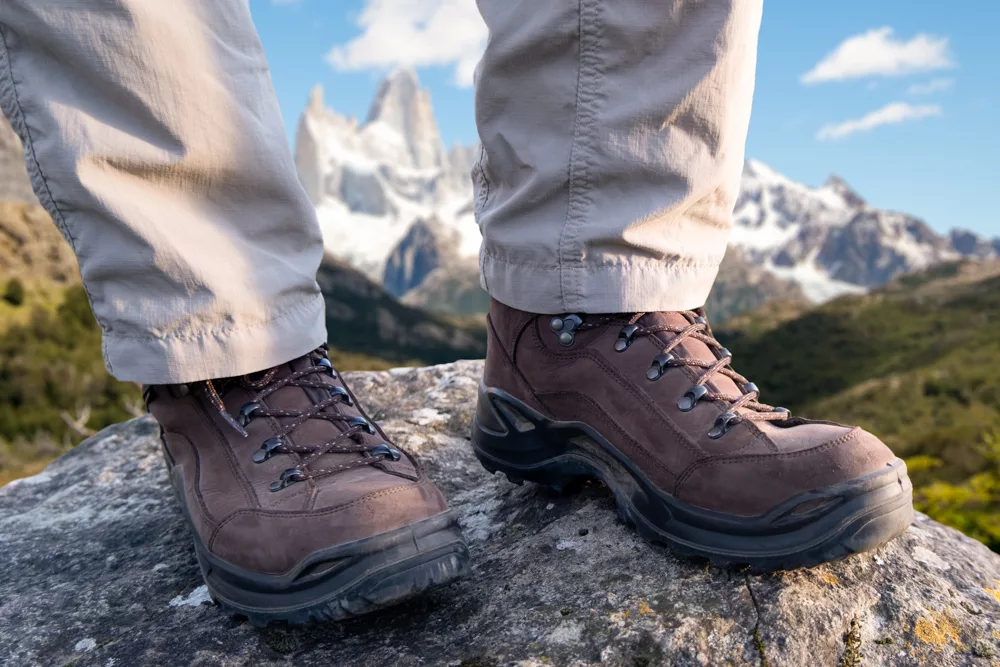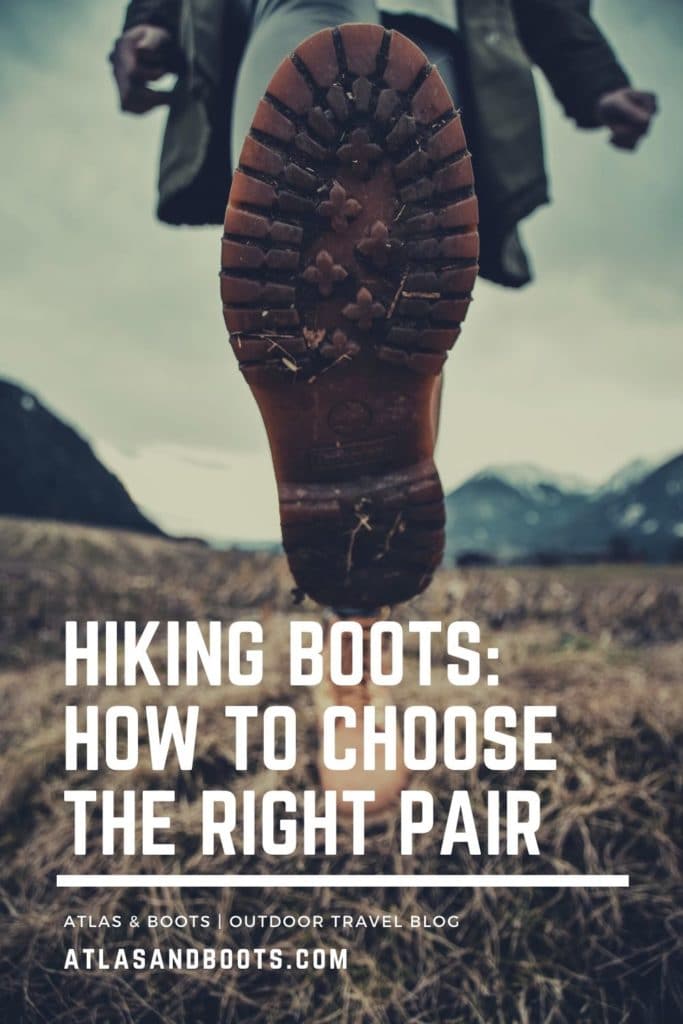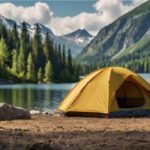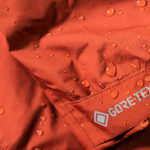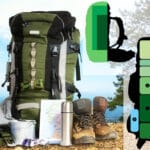Our guide on how to choose hiking boots will ensure you enjoy every step of the trail. Here’s how to pick the perfect pair
Footwear is a hiker’s most critical piece of gear. Inappropriate or poorly fitted boots or shoes can spoil a day on the trail and have you wincing with every step. But with a dizzying array of choices, from lightweight trail running shoes to double-layered plastic mountaineering boots and everything in between, knowing where to start can be bewildering.
how to choose hiking boots
To make the decision easier, we’ve put together a beginner’s guide on how to choose hiking boots.
Know your requirements
Before you consider the following points, think about when and where you will be hiking and what the conditions and terrain will be like. If you’re only planning some dry weather day hikes, you can probably opt for lightweight low-cut hiking shoes.
However, if you’re planning some multi-day treks, then you’ll likely encounter a wider range of trail and weather conditions and will want to consider some stronger mid-cut shoes or boots.
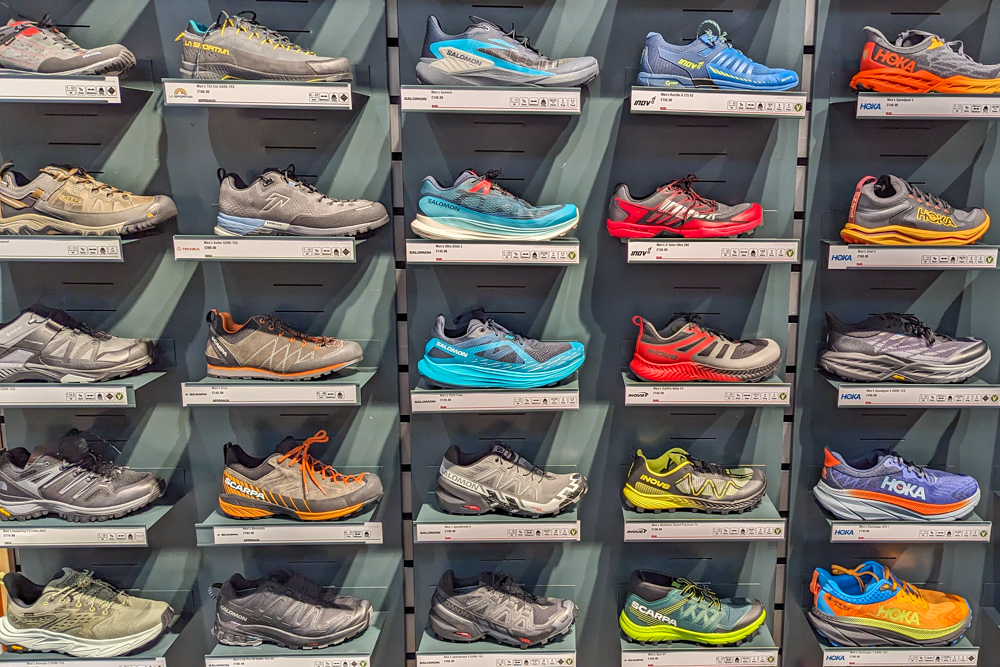
With something more challenging like a high-altitude trek to Everest base camp or even an Aconcagua climb, you’re better off with a waterproof leather or even a double mountaineering boot. As a rule of thumb, the higher you go, the bigger and more durable your hiking boots should be.
Finally, if you’re planning to do a lot of urban walking or indoor hiking on a treadmill then I recommend the WK400 walking shoe from Keen, one of my favourite outdoor brands. The shoe is specifically designed for urban and treadmill walking. It features a curved sole and cushioned midsole that encourages forward momentum.
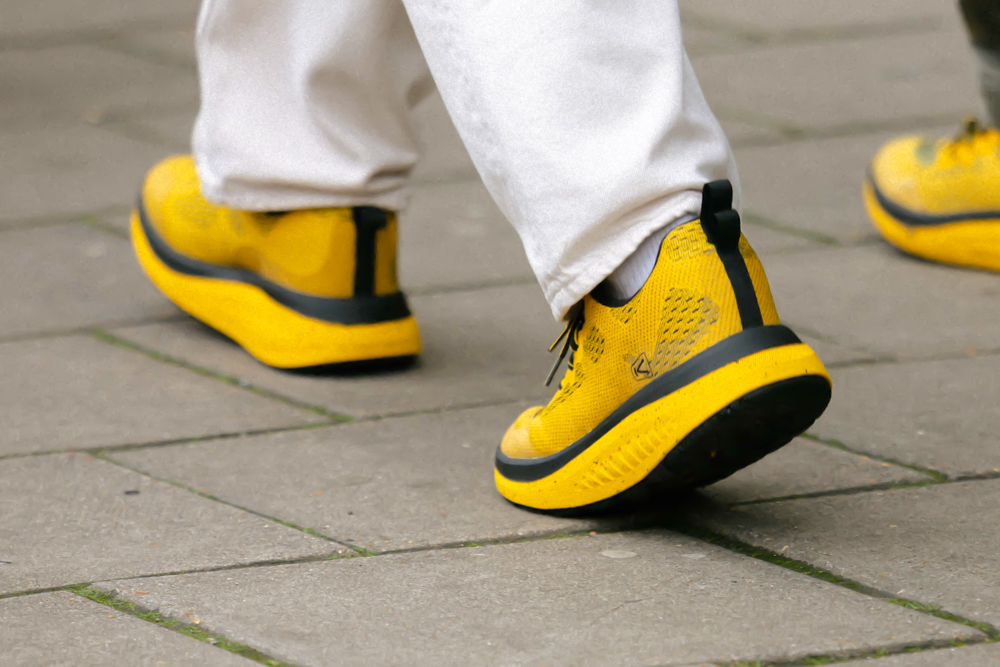
Ultimately, you are more likely to choose well if you research the expected trail conditions and terrain first.
Get your feet measured properly
When I got my latest pair of hiking shoes, I visited Ellis Brigham in Covent Garden, London, to have my feet measured by the Sidas Feetbox machine. Feetbox maps and precisely measures your foot size and width, revealing weight distribution, pressure points and where your feet may need extra support. The results of the scan are sent to you by email for you to keep in the future.
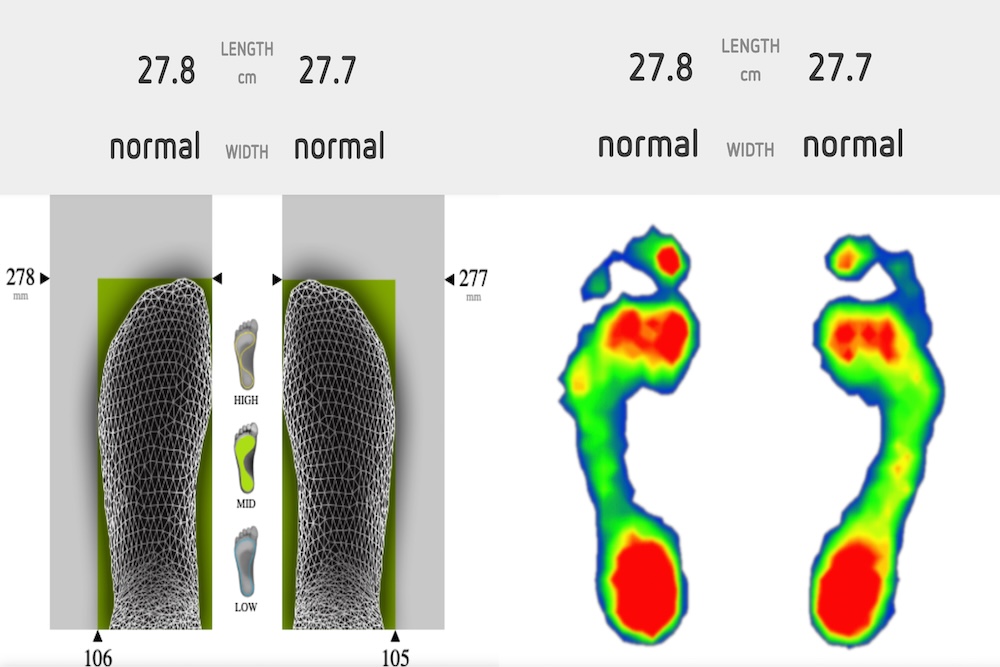
After getting my feet scanned, Des – the in-store fitter – also measured my feet manually to double-check the size. After a quick chat about my requirements, he recommended four mid-cut hiking shoes. After testing them for toe-shunting and heel-slipping on the in-store ‘trail’, I eventually opted for a pair of Merrell – a classic, lightweight hiking shoe that fit superbly and are extremely comfortable.
If possible, we recommend visiting an Ellis Brigham store to get your feet properly measured so you know exactly what sort of footwear you need. You can watch a video of my fitting on Instagram.
Ankle support
You have a choice between low-, mid- and high-cut ankle support. The higher the support the more roll resistance you’ll have for your ankles, but it comes with a trade-off: less freedom of movement, heavier, more rigid material and potentially less comfortable.
Low-cut hiking shoes (sometimes called approach shoes) allow your ankles to move more freely, but are less rigid and offer less support. Low-cut shoes have more flexible midsoles, are lighter and are good for day hiking when you’re not carrying a heavy backpack. However, some long-distance trekkers, especially ultralight backpackers, prefer low-cut or even trail-running shoes. Lightweight shoes help to reduce fatigue but are not as durable.
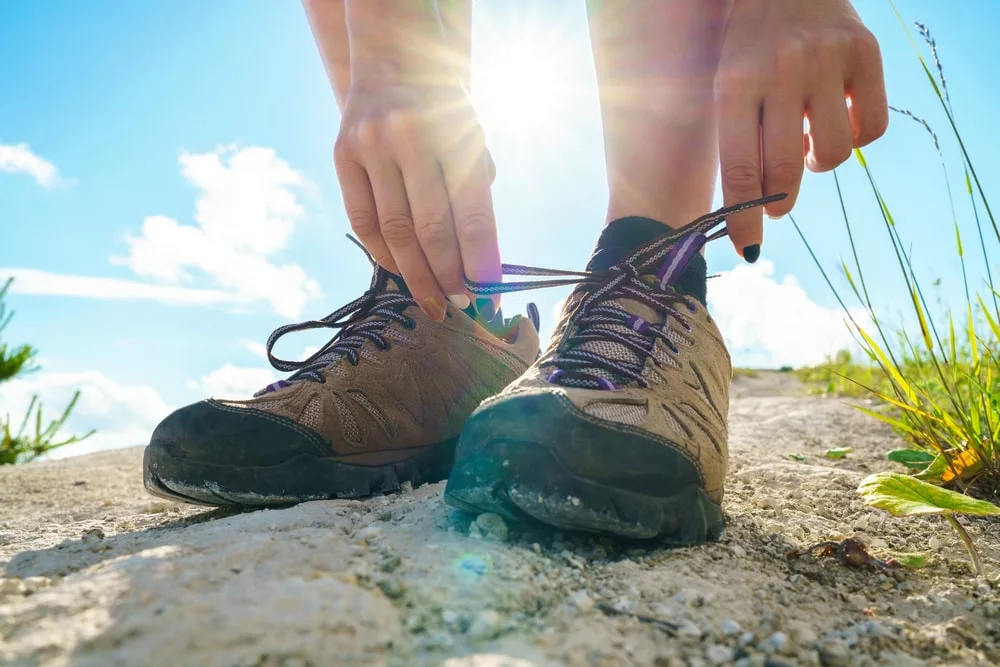
Mid-cut shoes or boots are exactly as they sound and fall somewhere between the two, usually coming up to your ankle bone. Mid-cut boots might be ideal for longer day hikes, across more challenging terrain, or shorter backpacking trips with lighter loads. They tend to flex more easily than high-cut boots but offer less support. I have a pair of Merrell Moab 3, a super comfortable mid-cut hiking boot that also manages to be lightweight, waterproof and supportive.
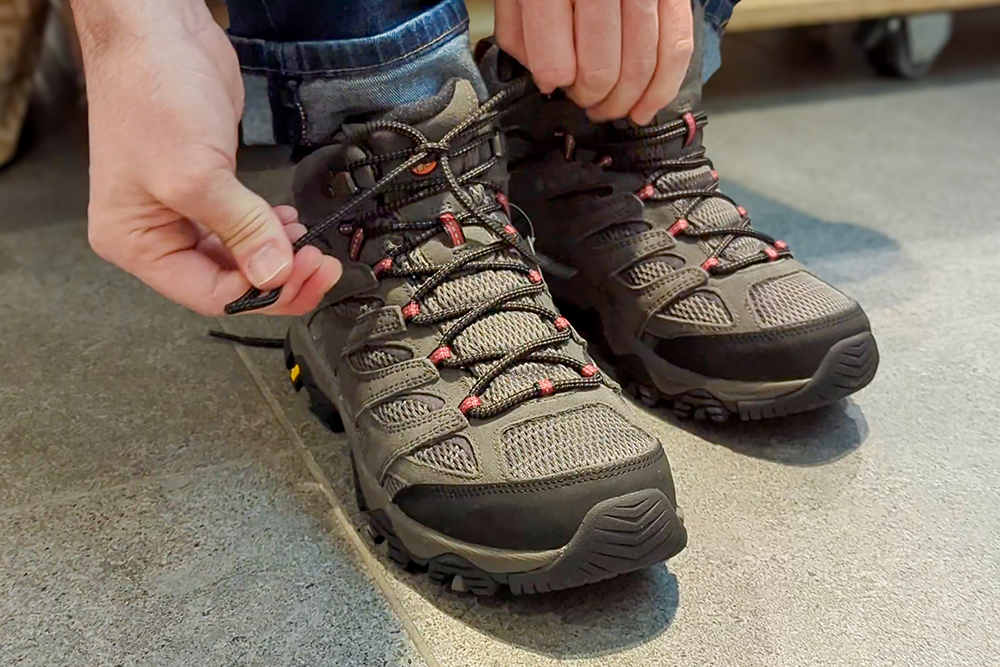
High-cut boots will support your ankles and are the safest form of hiking footwear but are heavier and less flexible. They are designed for hikers carrying heavier loads on multi-day trips deep into the backcountry. They will be more rigid, sturdier and more stable on uneven or technical terrain. They are also more durable so will last longer. However, they may make your feet hotter, sweatier and more fatigued over longer distances.
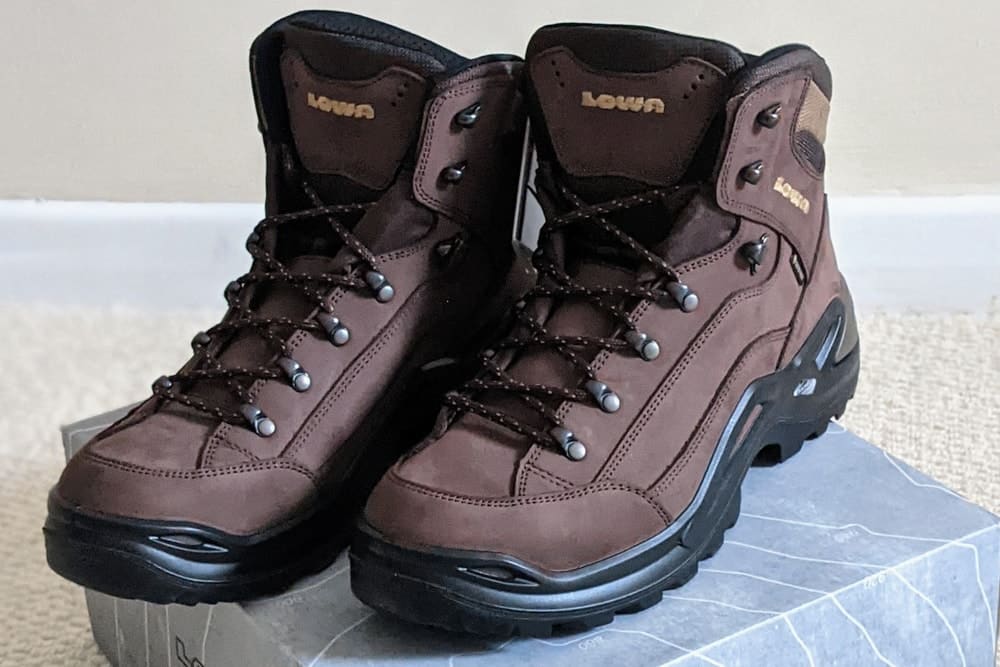
Fit
The most important thing is that hiking footwear fits well. It’s the difference between blisters and bliss on the trail. Hiking footwear should fit snugly everywhere, but should not be tight anywhere. Additionally, there should be enough room to wiggle your toes.
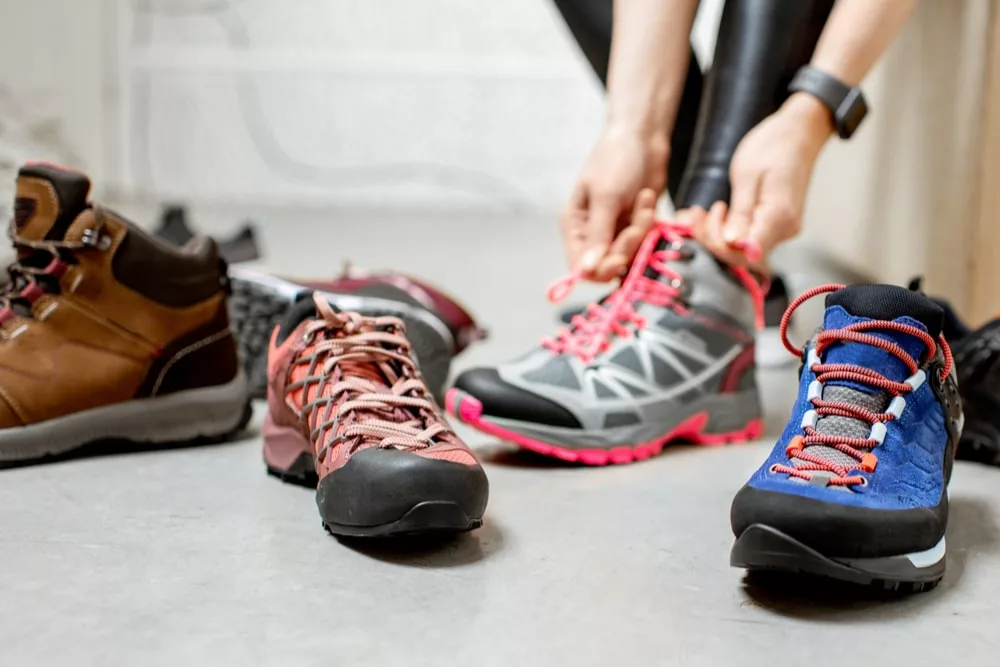
When you’re choosing your hiking boots, try them on with the socks you plan to wear at the end of the day (as feet normally swell during the day and will be at their largest). Don’t be surprised if the most comfortable fit is a bit bigger than what you would normally wear. My hiking boots are half a size bigger than my normal shoes.
Finally, when trying on your hiking boots, take a good walk around the store and make sure you can bend your toes. Walk up and down stairs and ideally a sloped surface too. Many outdoor stores have artificial trails or even treadmills for customers to test footwear.
Waterproof
As I live in the UK, where rain is a possibility throughout the year, I always opt for leather hiking boots. Leather provides the highest level of water resistance and durability. However, it is not as light or breathable as synthetic boots and requires longer to break in.
My latest boots are a pair of Lowa Renegade, a popular choice here in the UK as they’re relatively lightweight and flexible and perform well in British hillwalking conditions. I also have a pair of approach shoes which I use for day hikes when I know the weather’s going to be dry.
Flexibility
Unless you’re regularly going on multi-day treks, then you probably want something reasonably pliable. When Kia bought her first pair of hiking boots, she was initially going to buy something as heavy-duty as mine. She tried on some stiff leather boots at Cotswolds, believing that they were the right choice.
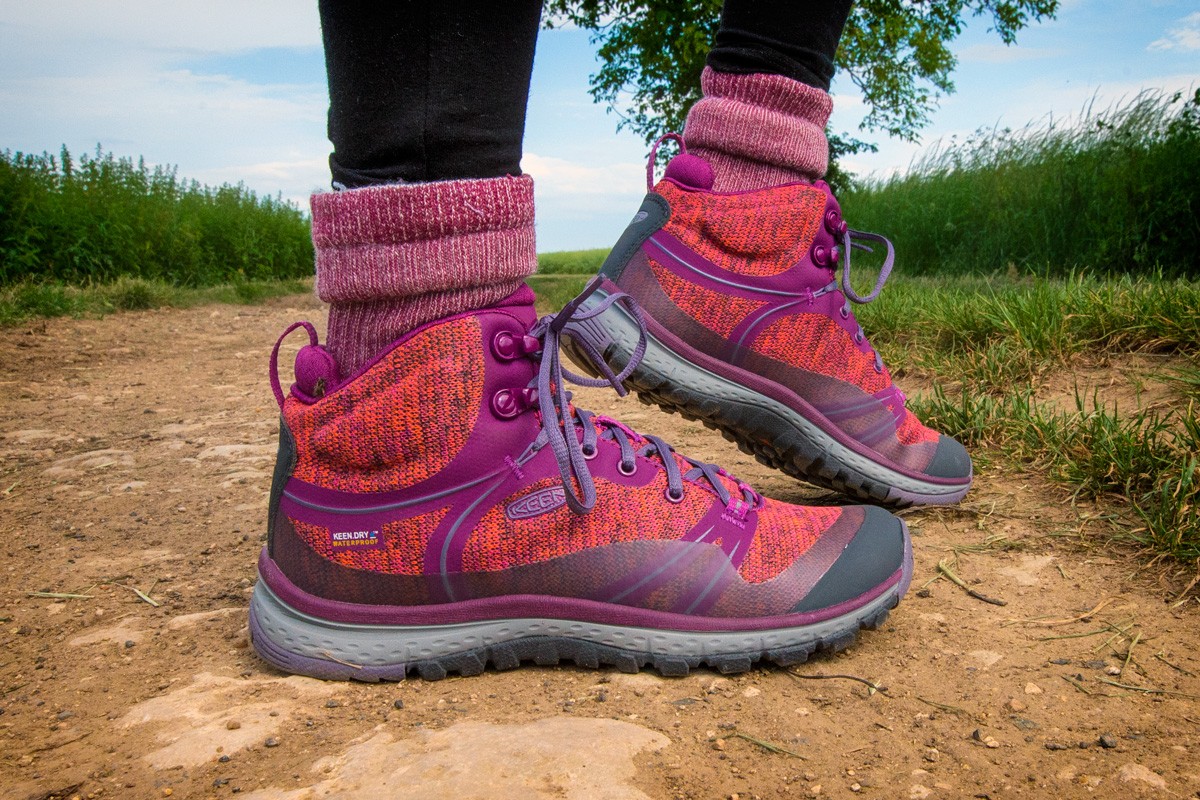
Luckily, Cotswolds is full of experts, one of which promptly pointed out that the boots were too stiff for her petite feet. He prodded the tip, showing her that she could barely bend her toes. After a chat about her intended use, he suggested a more lightweight pair of mid-cut Keen Terradora boots instead, which have since proved ideal.
Choose THE RIGHT SOCKS
Finally, good hiking boots can be let down by bad socks. Thin or trainer socks will likely rub, causing blisters and other discomforts.
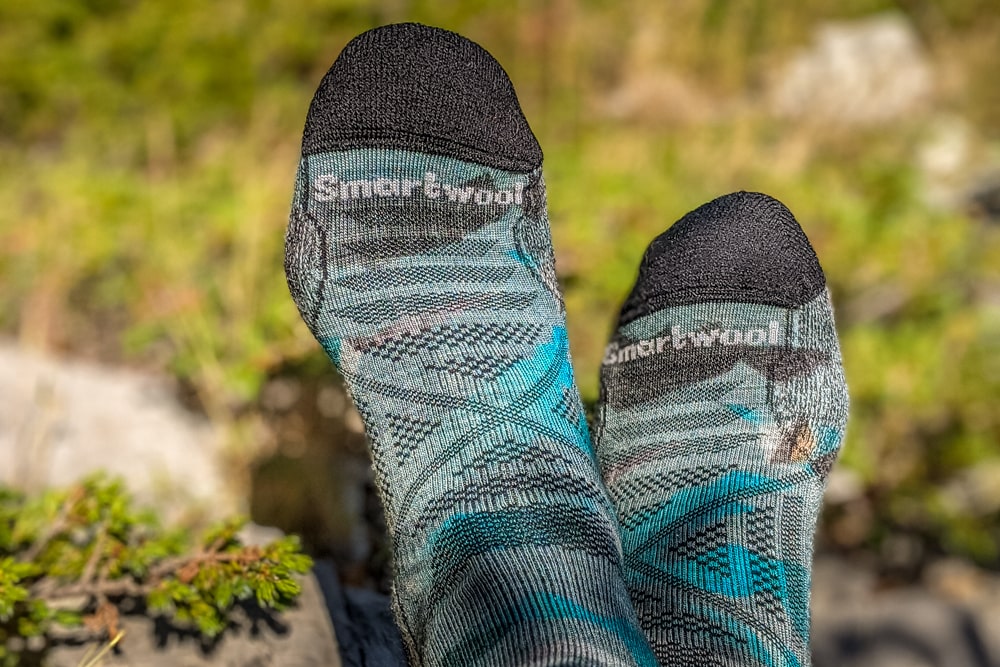
It’s generally best to avoid cotton as it holds moisture next to your skin, which combined with friction causes blisters. Instead, opt for moisture-wicking fabric like polyester or wool socks such as Smartwool.
